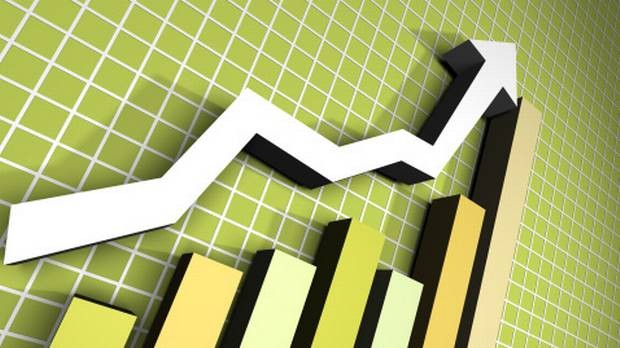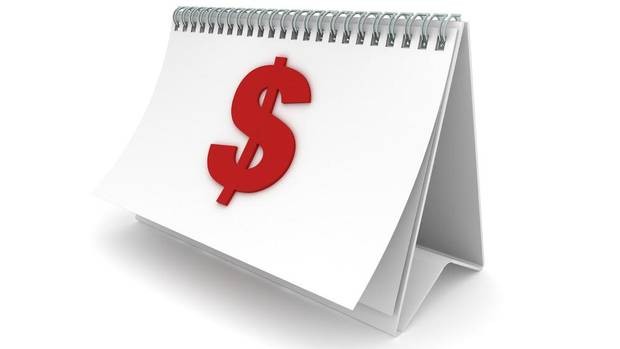ETFs Dividend stocks How should I invest The Globe and Mail
Post on: 25 Июль, 2015 No Comment

3A+Business+Forecast%3A+Investors+look+to+bank+earnings /% The financial sector could lift the Toronto market after Royal Bank kicked off the quarterly earnings season with a record profit. Analysts are looking for solid performances from the rest of the big banks this week. CP Video
In today’s column, I’m going to address these questions in detail because other readers may be wondering about the same things, particularly in the context of the recent selloff on stock markets.
I think you’ll see that I’m actually quite consistent in the ideas I present and the investments I choose for my own portfolio.
First, let me start with exchange-traded funds. I think ETFs are terrific. They provide instant diversification and have much lower costs than mutual funds. If you don’t have the time or knowledge to monitor a portfolio of companies, ETFs are a great solution. In my own portfolio I hold a mix of stocks, ETFs and – for the fixed-income portion – GICs. If I have some cash to invest and I’m feeling lazy or indecisive, I just dump it into one of my ETFs and I’m done.
Are ETFs a panacea? No. They’re open to abuse, just like individual stocks. The ever-expanding array of sector ETFs, leveraged ETFs and inverse ETFs may well be encouraging some investors to use them as part of an active trading strategy, when the original purpose of ETFs was to passively track an index.
I don’t believe that active trading adds value. In fact, it can cost an investor in commissions, taxes and – perhaps most important – self-defeating behaviour. An investor might decide to sell when the markets are frothy, for example, but how does he or she decide when to get back in? What if the market keeps rising instead? I’ve seen it happen more than once. A colleague tells of a friend who sold everything in 1999, right before the tech bubble burst. Problem is, 15 years later he’s still in cash.

For me, buy-and-hold investing – whether I’m purchasing ETFs or individual stocks – is a better way to build wealth, because it eliminates guesswork, keeps me invested during the good times (and, yes, the bad) and dramatically lowers my stress level. Most of the companies I own – banks, utilities, pipelines, telecoms and global consumer products names, for example – have a long track record of rising earnings. I expect that their earnings will continue to grow for many years to come and that this will translate into higher stock prices over the long run. Why try to time the ups and downs – something I don’t believe anyone can do with any consistency – when I can just hang on and enjoy the fruits of time?
This is where dividends play a key role. The vast majority of stocks in my personal portfolio have a history of rising dividends; studies have shown that such stocks outperform those that pay a flat dividend or no dividend at all. But I believe there’s a behavioural benefit from dividends as well: An investor who receives a dividend every quarter, and a dividend increase every year, has a powerful incentive to remain invested. Riding out market downturns like the one we had last week is a lot easier when you know you’ll be rewarded with a chunk of cash for your trouble.
In my Yield Hog columns, I often highlight individual dividend-growth stocks, along with comments from analysts or portfolio managers. I always stress – and will do so here again – that investors need to do their own due diligence before purchasing any security. My columns are a source of ideas only; it is the investor’s responsibility to decide whether a stock fits his or her risk tolerance and investing goals. That said, I try to highlight well-established companies that suit a conservative, buy-and hold approach. When I buy a stock for my own portfolio, I like to tuck it away and not have to worry about it.
Finally, I’ll admit right here that I don’t have all the answers. As pleased as I have been with the performance of my own dividend and ETF portfolio, there are other investing strategies that have produced results that are just as good or better. However, some of them require more work or entail additional risk – or both. One of the nice things about investing in blue-chip dividend stocks and/or ETFs is that it’s within the reach of most people who are willing to put in a modest amount of effort. Controlling one’s emotions, and letting time do its work, is probably the hardest part – something to keep in mind during the current bout of volatility.














